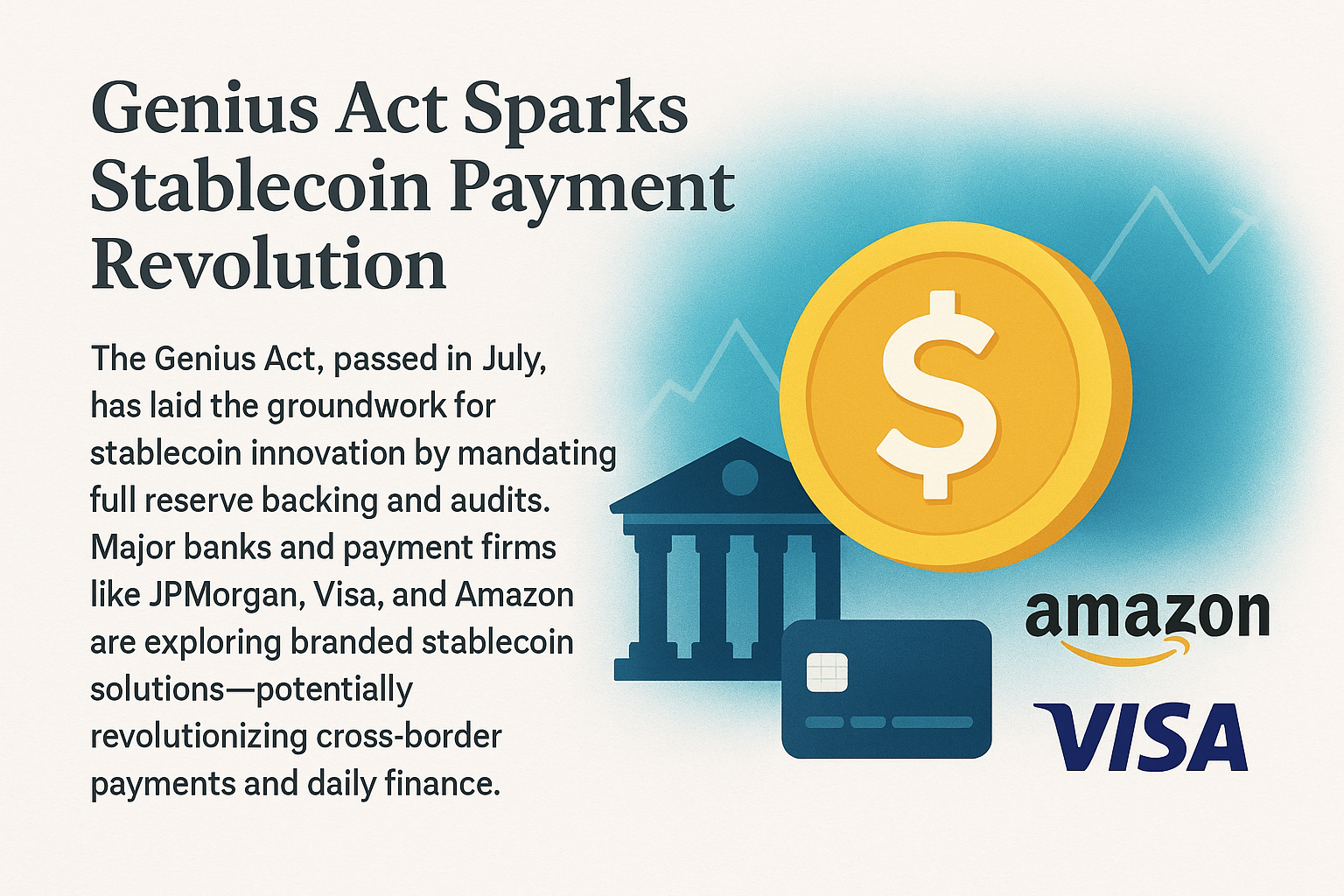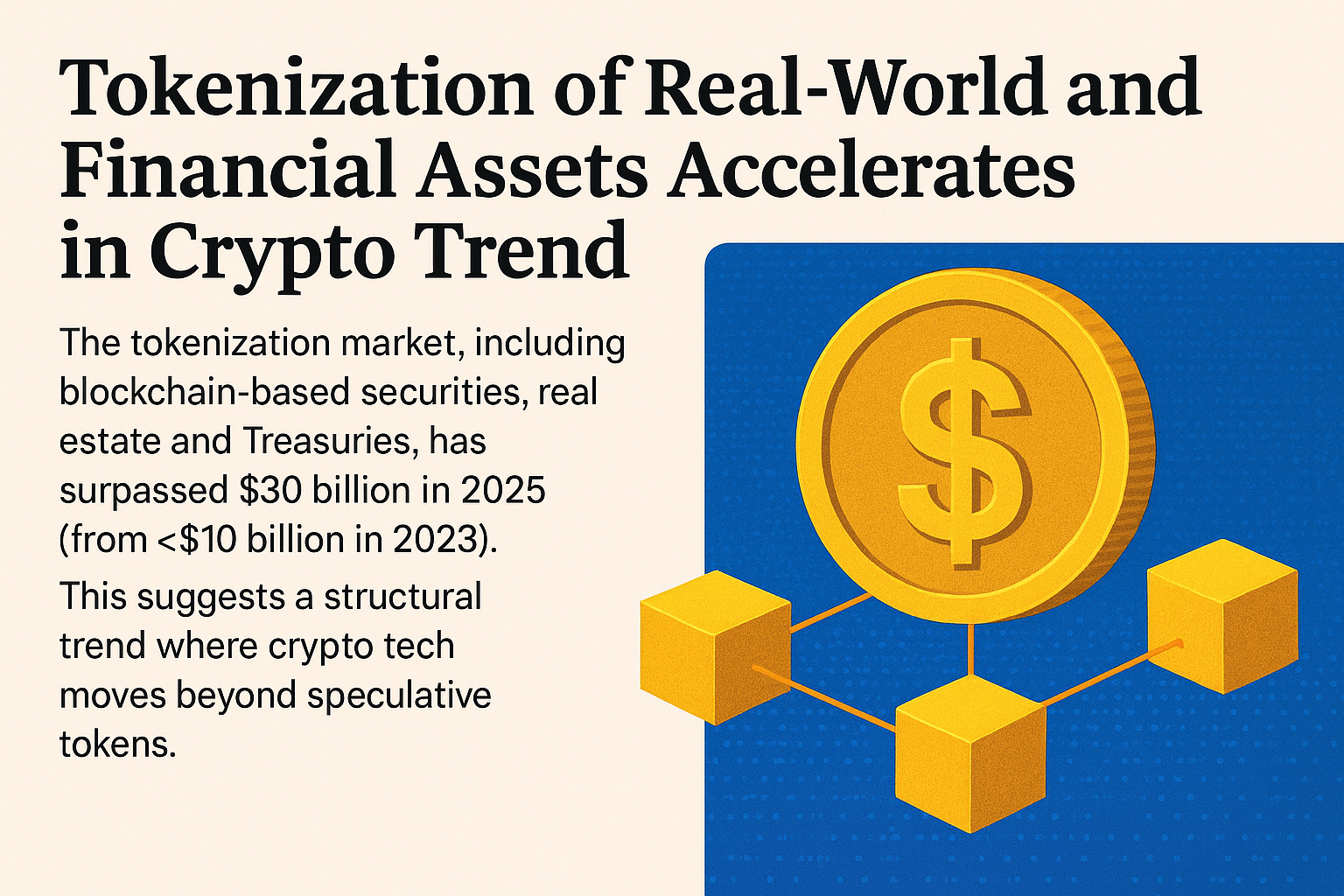In July, the passage of the Genius Act marked a pivotal moment for the future of digital finance. The Act establishes strict rules requiring all stablecoin issuers to maintain full reserve backing, undergo independent audits, and comply with rigorous reporting standards. For the first time, lawmakers have provided a clear regulatory framework that aims to boost consumer confidence and pave the way for large-scale adoption of stablecoins in mainstream finance.
A New Era of Trust in Digital Payments
For years, the stablecoin market has been a mixture of promise and controversy. While these digital assets were designed to provide the benefits of cryptocurrency without the volatility, questions about transparency and collateralization persisted. By mandating full reserve backing, the Genius Act directly addresses these concerns, ensuring that every token issued is matched by real-world assets. This brings stablecoins closer to traditional financial instruments in terms of credibility and stability, but with the speed and programmability of blockchain technology.
Major Players Enter the Arena
Perhaps the most striking consequence of the Act is the wave of interest from major banks and payment firms. Industry giants like JPMorgan, Visa, and Amazon have publicly signaled that they are exploring branded stablecoin solutions. This is a significant shift from the cautious approach many legacy institutions previously took toward crypto assets.
For banks, stablecoins open up the opportunity to settle cross-border transactions in real time without relying on costly intermediary networks. For payment processors and retail platforms, they could streamline customer transactions, reduce fees, and offer programmable rewards or instant refunds. The combination of transparency, regulatory clarity, and blockchain efficiency could give these firms a competitive edge.
Transforming Cross-Border Payments
Cross-border payments have traditionally been slow and expensive, often involving multiple intermediaries and high fees. Stablecoins, backed by the Genius Act’s safeguards, have the potential to revolutionize international transactions. A company in Europe could pay a supplier in Asia instantly with a stablecoin issued by a trusted global bank, avoiding conversion fees and days-long settlement times. This could dramatically reduce friction for small and medium-sized businesses operating internationally, not just for financial giants.
Everyday Finance Reimagined
It’s not just corporate finance that stands to benefit. With Amazon reportedly experimenting with branded stablecoins, everyday consumers could soon pay for products and services using a digital token that combines the speed of crypto with the reliability of fiat currency. Imagine earning loyalty points in a stablecoin form that can be instantly redeemed anywhere, or receiving your paycheck in a tokenized form that’s immediately spendable without bank delays.
Challenges Ahead
Of course, the road to a stablecoin-powered financial ecosystem isn’t without obstacles. Regulatory compliance across jurisdictions, cybersecurity, and consumer education remain pressing challenges. Additionally, the interplay between central bank digital currencies (CBDCs) and private stablecoins will need careful navigation.
Nevertheless, the Genius Act has created a strong foundation. By addressing the key issues of transparency and trust, it has opened the door for innovation and collaboration between traditional finance and blockchain-based solutions.
The Takeaway
The Genius Act represents more than just another piece of financial regulation—it’s a catalyst for the next phase of digital payments. By establishing clear rules and safeguards, it has attracted some of the world’s most influential financial and technology companies to experiment with stablecoins. If these initiatives succeed, consumers and businesses alike may soon experience faster, cheaper, and more reliable digital payments on a scale previously unimaginable.




